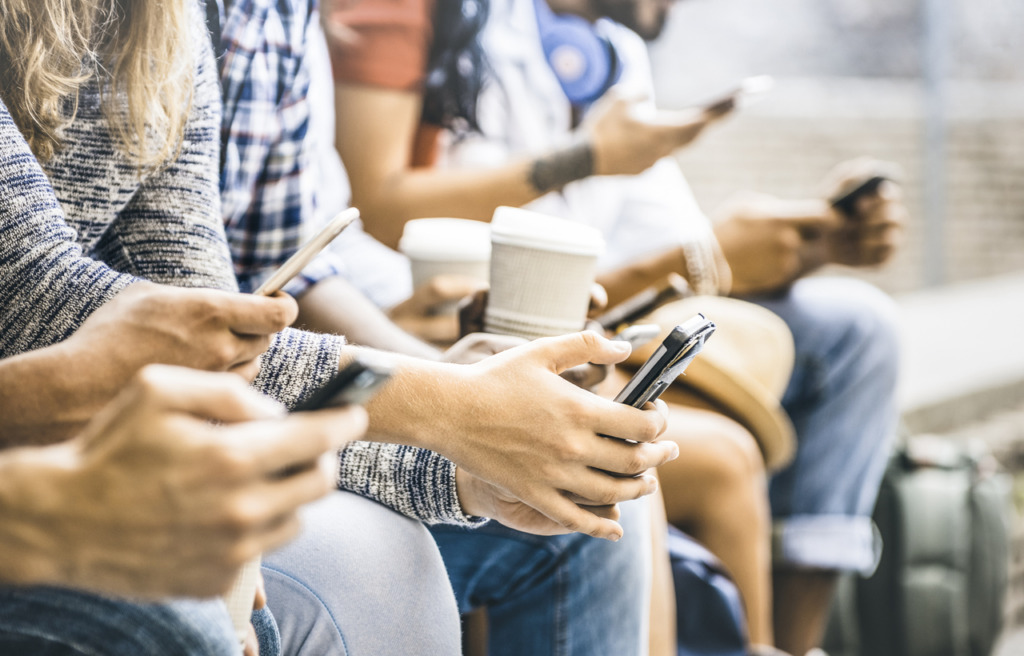Let’s look at technology’s contribution to polarization. Not to be misunderstood, I am not against technology; my observations deal exclusively with its ineluctable effects on our culture.
When I was growing up on Long Island, we had ABC, CBS, NBC, PBS and three local channels on TV. I later learned that having seven channels was actually a high number compared to other parts of the country. This meant that most Americans pretty much watched the same news shows, and while differing views were commonplace, we could all agree on what the news of the day was.
We still get news from ABC, CBS and NBC, but they carry far less weight than in the past, with far fewer people watching them. Many prefer to get their news from cable TV, but the people who watch Fox News and Newsmax, which appeal to conservatives, seldom watch CNN or MSNBC, which appeal to those on the left, and vice versa.
The big difference is not the slant — it’s the stories that are not covered. For example, CNN and MSNBC will not cover stories that upset its liberal viewers, the result being that their audience is often in the dark about major events.
It used to be that families disagreed over the news of the day. Now one side doesn’t know what the other side is talking about.
In the late 19th and early 20th century, families were big, houses were small and cars were few, if non-existent. Now families are small, houses are big and cars are everywhere.
Think of the row houses in big cities at that time. There was no TV and no air conditioning. So where did everyone go during the summer? They hung out on the stoop, the sidewalk and the street. The neighbors knew each other, and the kids played games while adults partied and had a few cold ones. They actually talked to each other.
Now family members have several rooms to isolate from each other. They don’t have to be outside; they can stay inside in the AC and watch TV, play video games and engage in social media all by themselves. They don’t have to talk to anyone.
How sad. What we are witnessing is the collapse of a common culture. People get their news and entertainment from a multiplicity of sources and are content to absorb themselves on their phones.
Email is a fast and effective way to communicate with others about everyday matters, but it is a lousy way to communicate when it comes to serious issues. It is easy to misinterpret someone when the issue is a hot one.
When we are with someone, we can pick up on facial expressions, body language and the like, and we have an opportunity to get instant clarification. This is not true of email, which is why we often come away hurt.
It is easy to be mistaken. Did he really mean what I think he meant? Did she not get back to me because she’s angry at me? It is so easy to mistake the sentiments of someone when we are not with them.
There is no substitute for face-to-face interaction. That takes time and effort, but it’s worth it, especially when the issue is sensitive.
Gen Z (1997-2012), the youngest segment of our adult population, is known for many things, but none is more disturbing than the high degree of loneliness that so many are experiencing. It is a major problem, and it affects girls worse than boys. Indeed, social media is a big generator of loneliness among young girls.
When I was a kid, if I saw someone walking down the block with earphones talking to himself, I would be tempted to call the asylum. Now I look away. Similarly, when I was young and took a train or bus, people spoke to those near them. Now they speak on their phone to someone no one can see. And because we are a captive audience, we all have to hear the conversation of these narcissists.
No wonder we are a divided people. We no longer have anywhere near the same common experiences. We have plenty of autonomy, but the underside is we lack a sense of community. Unfortunately, when that goes, much is lost.
Dr. Donohue is the president of the Catholic League for Religious and Civil Rights. This commentary originally appeared in the organization’s July/August 2022 newsletter and is reprinted with permission.

